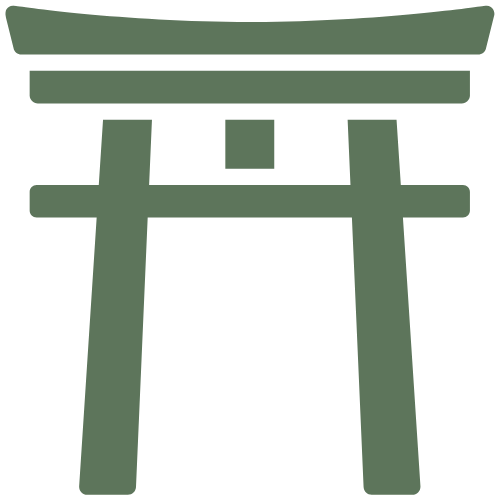
If you would like to join this path group, you must register and be logged in. Click on the REGISTER or LOGIN link above to do that.
Team Leader
Details
Shinto, the “way of the kami” refers to the indigenous Japanese religious traditions which focus on the worship of kami. Initially, rituals devoted to kami took place outdoors in natural surroundings. Later, wooden structures were constructed to house the altars and provide a place for the rites. In addition to such “Shrine Shinto,” there is also “State Shinto,” which emerged after 1868, when the Meiji monarchy attempted to disestablish the prominence of Buddhism and restore Shinto as the foundation of the modern state of Japan. “Sect Shinto” refers to those Japanese “new religions” which draw on distinctively Shinto traditions, especially on the healing powers associated with those traditions, to create communities of religious identity.
Members
4
Resources






